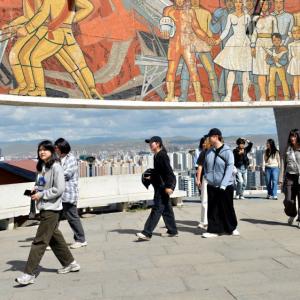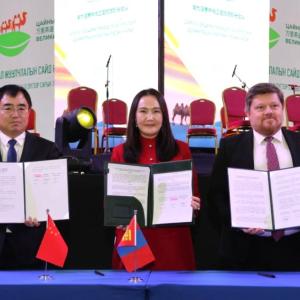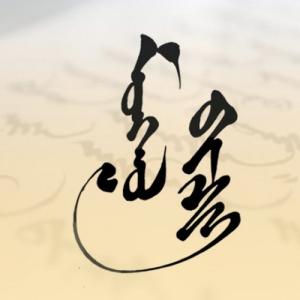Postage Stamp "Year of the Dragon" Issued
Society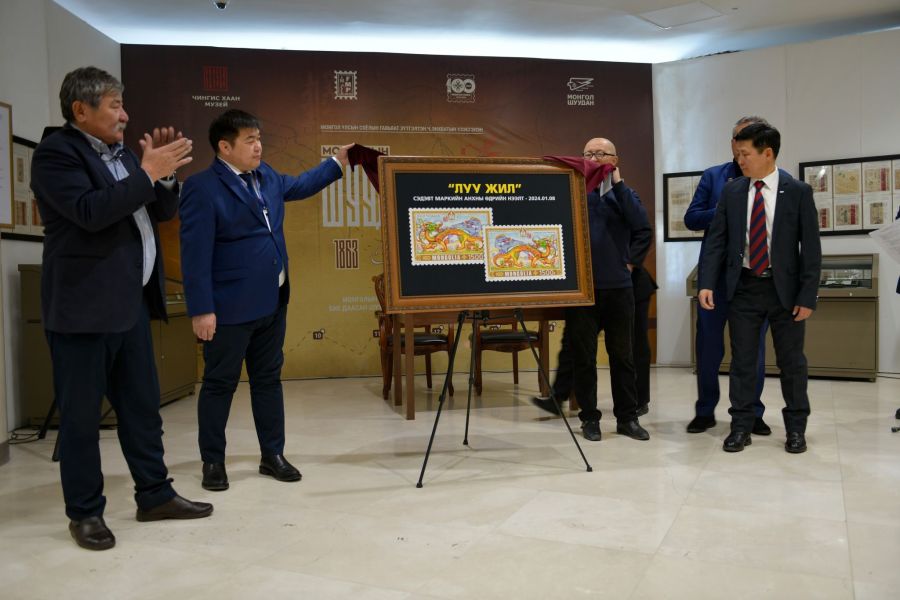
Ulaanbaatar, January 9, 2024 /MONTSAME/ On the occasion of the 100th anniversary of the first issuance of the Mongolian stamp, the “Year of the Dragon” stamp dedicated to the wooden dragon year of the 17th century named “Khilent ekh” have been put into circulation.
The stamp design features the archeological finding of “a pair of silver dragons”, the first-ever find in Asia with a whole dragon image, which was discovered in Undur-Ulaan soum, Arkhangai aimag. The year of the dragon represents good health, strength, loyalty, and purity.
Honored Cultural
Figure of Mongolia lama of the monastery Tuvdenpelzheelin J. Gonchigsuren,
astrologer, Honored Cultural Figure of Mongolia, Khamba lama of Tuvdenpeljeelin
Monastery Gonchigsuren, astrologer, associate professor Davaabayar, and Honored
Scientist of Mongolia, archaeologist, historian, doctor /PhD/, professor Erdenebaatar
advised and provided source materials for drawing up sketches of the stamp
while the stamp was painted by Battur and designed by Gankhuyag.
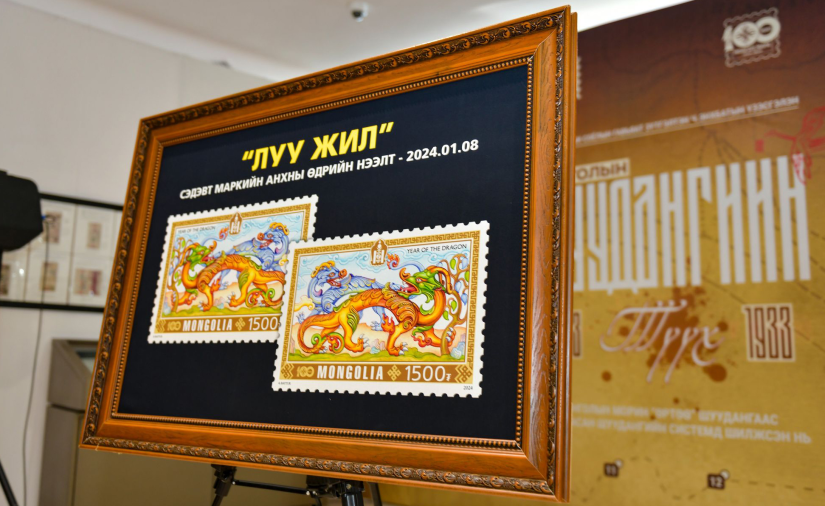
The
artist Battur highlighted,
“The stamp depicts a figure of a dragon sourcing a find from the Hunnu (Xiongnu)
period. Archaeologist D. Erdenebaatar proved with his findings that the dragon
is the key symbol that our ancestors worshiped. I tried to take an abstract and
artistic approach when depicting the dragon and changed the shape of its tail, adding
more colors. The main purpose of creating the stamp is to enhance the value of rare finds,
put them into research circulation, distribute and promote them.”

Previously, numerous
stamps that reflected the Year of the Dragon were put into circulation in
Mongolia, including a series of stamps “12 signs of the zodiac” issued in 1972
and 1992, the Year of the Iron Dragon called “Tiin Daragch” on January 10, 2000,
and the Year of the Water Dragon called “Bayasgalan” issued on January 1, 2012.
During the First Day of Issue Ceremony the exhibition “History of Mongolian Post” by Enhbat, Honored Cultural Figure of Mongolia and the Head of the Mongolian Philatelic Association, was opened.
The exhibition
has four sections and reveals rare historical facts about the transition from
the horse relay postal system, which was used by the Mongolians for centuries,
to an independent postal system.
The sections are themed under the horse relay “Urtuu” postal system of Mongolia, the post office branches of Imperial Russia in Outer Mongolia, the Chinese post office branches in Outer Mongolia, and, the history of the post of the Mongolian People’s Republic.
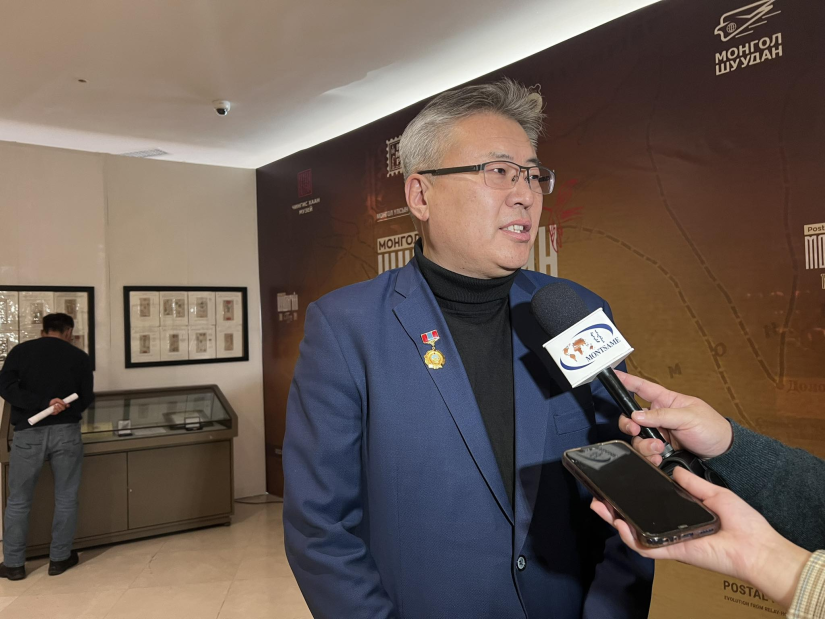
Head of the
Mongolian Philatelic Association Enkhbat noted, “It is written in historical
records that the horse relay postal system originated from the time of Ogedei
Khan. Since then, it developed for military and mail delivery purposes for
hundreds of years. I have been studying the history of the Mongol postal system
for 20 years. There were 2-3 types of express mail. For example, a horse's
hooves are drawn to indicate the meaning of delivery on a fast horse, and there
is also a letter that says to deliver in a distance of 300 or 400 km in one
day. In particular, letters from China are characterized by having four
hooves drawn. Ordinary letters were supposed to be delivered in 3 days, and
express letters were supposed to be delivered 2-3 times faster than that.
The exhibition will continue
for a week at the Chinggis Khaan National Museum.
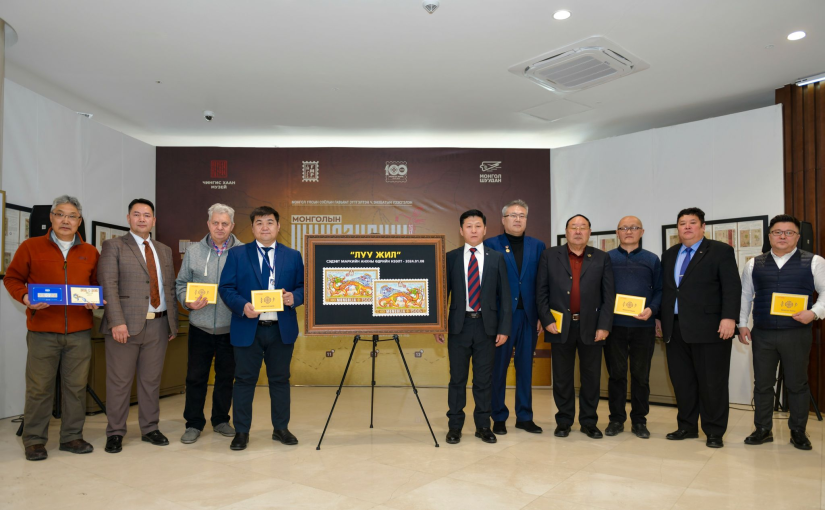
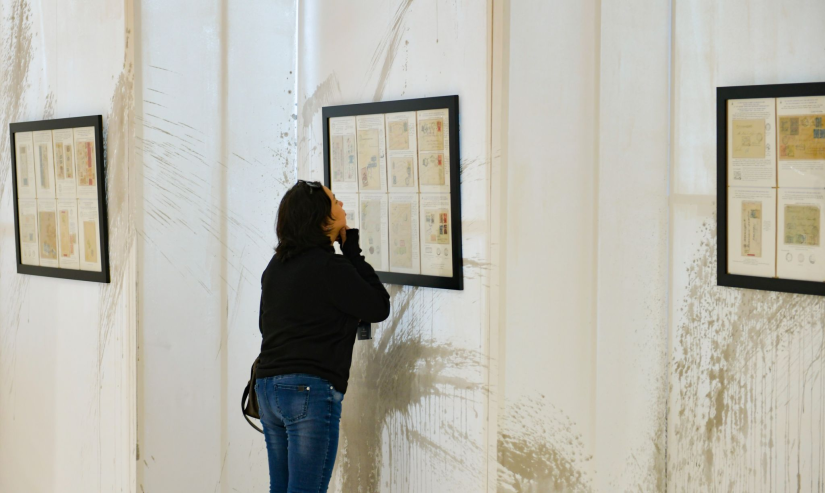
Translated by Sainzaya Davaajamts
 Ulaanbaatar
Ulaanbaatar












































